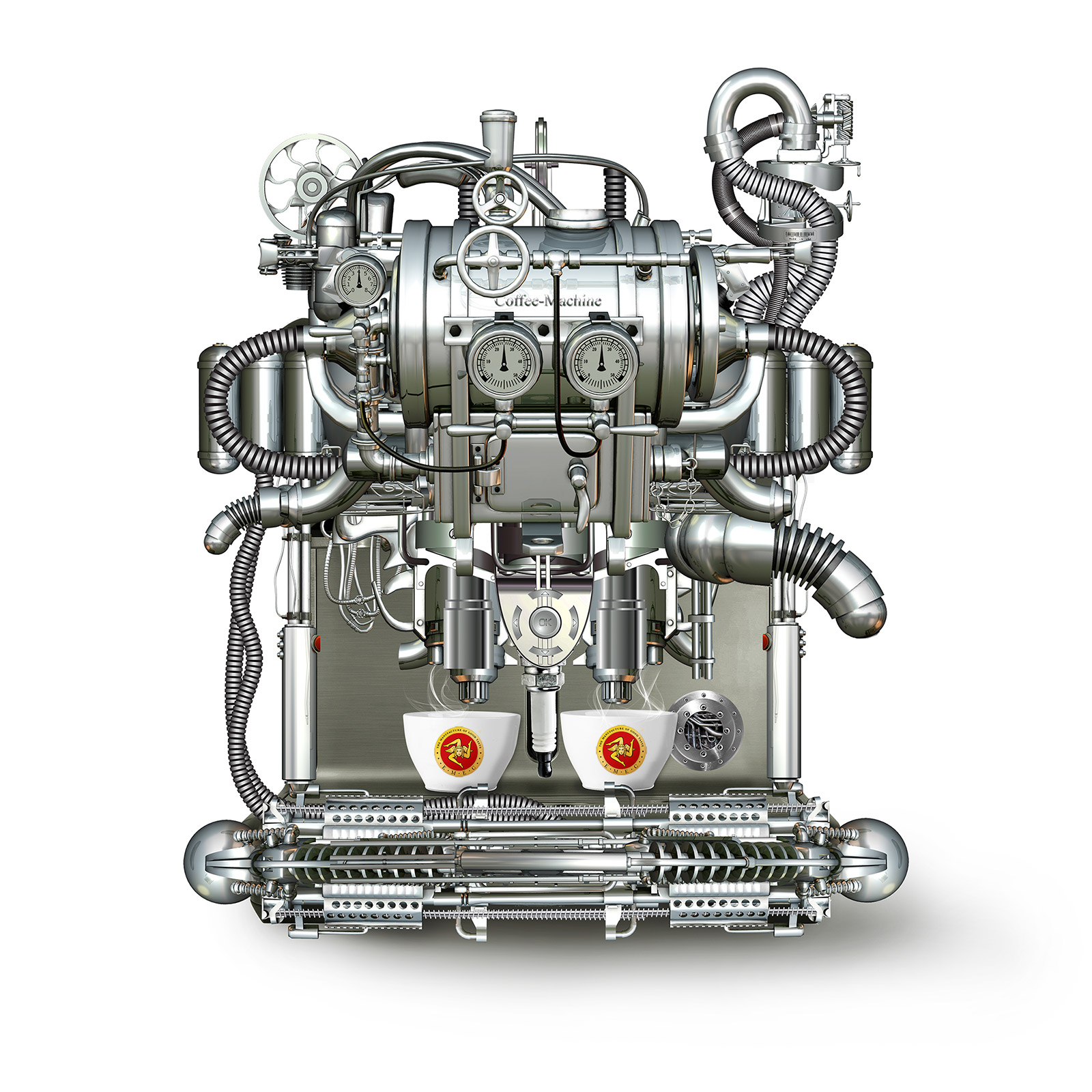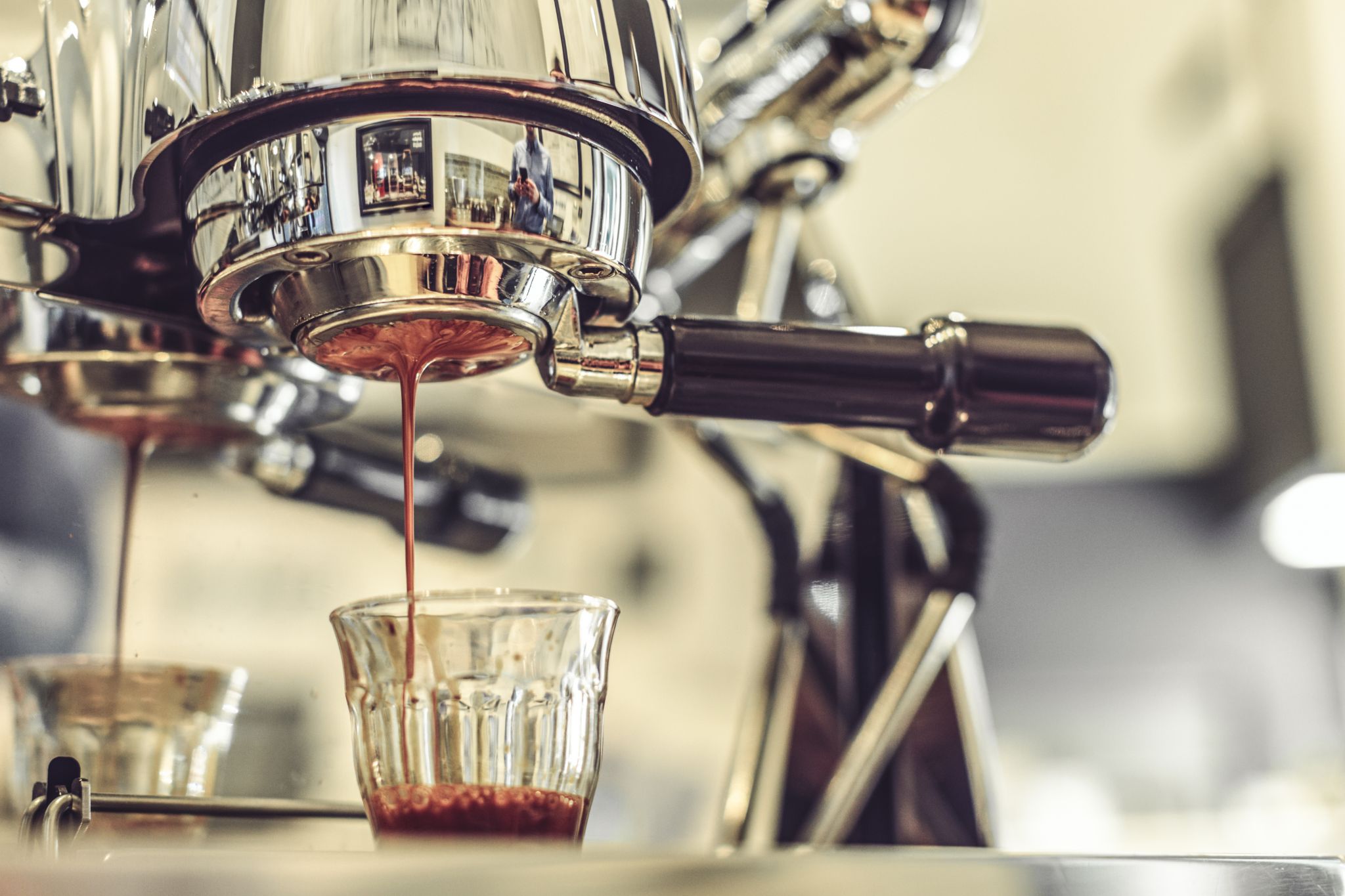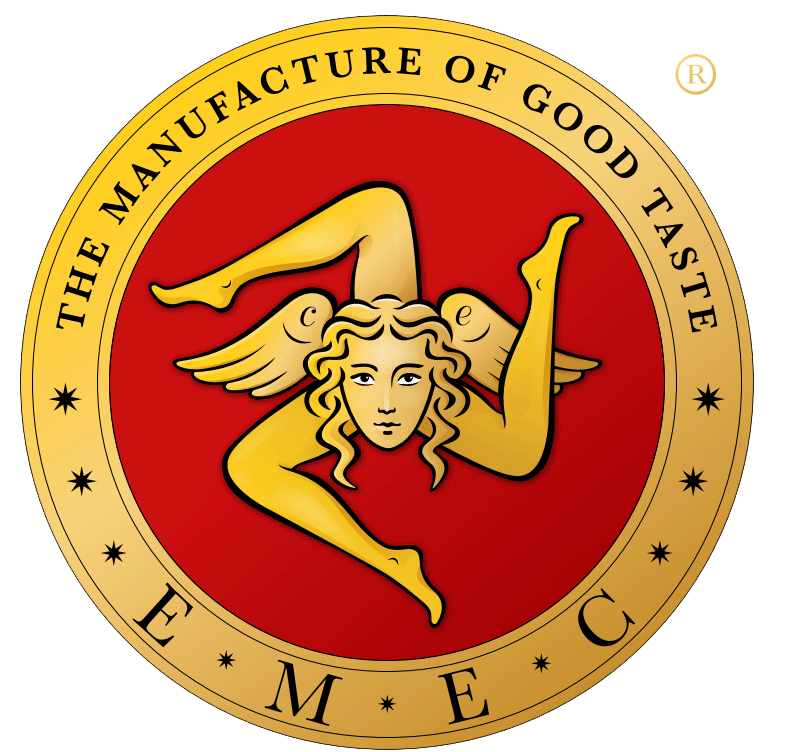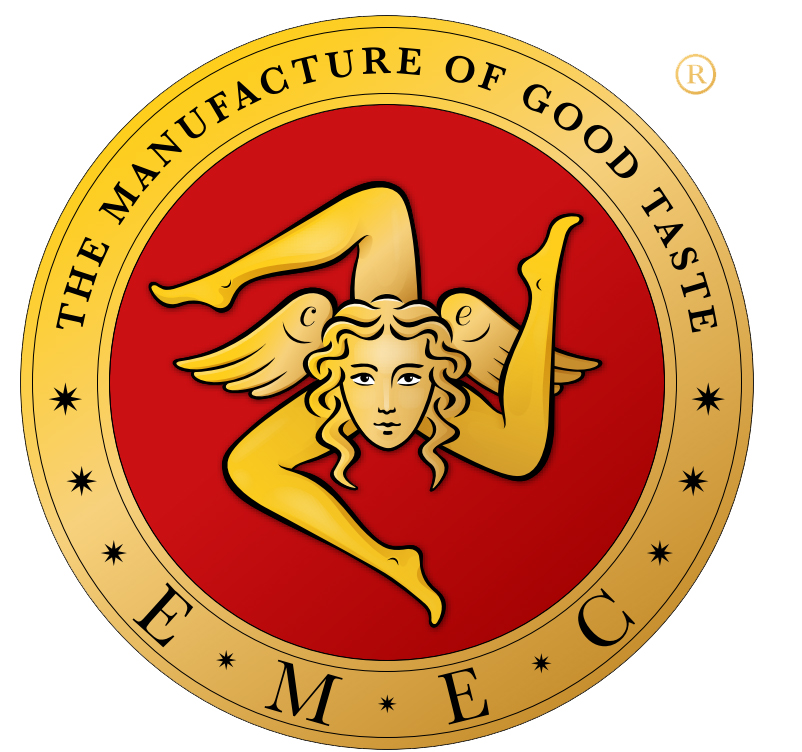Preparing a perfect espresso
Espresso machines differ depending on their construction:
Hand lever machines are either preloaded with a strong spring that pushes the water through a piston and the portafilter, or the pressure is generated manually with a hand lever that also regulates the crema. Typical representatives of this type are solidly built in nostalgic design, made of brass, copper and chrome.
In semi-automatic machines, a built-in pump generates the pressure. As a rule, only the brewing kettle and the housing are made of solid metal, pipes and feeds are made of plastic.


Fully automatic machines take care of the complete preparation - including grinder, tamping container, membranes and pumps. They take the beans from a container, grind, press and brew them themselves. They have no visible portafilter and, apart from the external parts, are largely made of plastic: modern technical design with switches and displays. Fully automatic machines are very well suited for preparing café crème; they cannot produce an original Italian-style espresso, whatever the manufacturers claim in their advertising. The reason: the plastic brew group would not be able to withstand the pressure needed for proper espresso preparation. Suitable solid metal brew groups can be found in more professional portafilter machines.
Furthermore, a distinction is made between single-circuit and dual-circuit machines. Single-circuit machines have only one water path: the temperature must be switched between brewing water and steam - waiting times due to heating up or cooling down are the result. With dual-circuit machines, brewing water and steam for milk foaming can be drawn simultaneously, as they each have their own circuit.
PREPARATION OF A PERFECT ESPRESSO
The pressure is crucial: the quality of the coffee comes from the pressing, the pressing of the coffee grounds in the portafilter with the help of the stamp-shaped "coffee tamper" (pressino). To ensure that the throughput time is around 25 seconds, the grind is coarser when the pressure is higher and finer when the pressure is lower.
IMPORTANT FOR EMEC BRANDS: AS A RULE, OUR CAFFES ARE GROUND FINER THAN OTHER ESPRESSO CAFFES!

QUALITY CRITERIA
1. THE BLEND - THE SELECTION OF COFFEE BEANS:
2. THE QUANTITY - THE RIGHT AMOUNT OF POWDER (USUALLY 7 G).
3. THE GRIND, ALSO: THE GRINDER - THE CORRECT GRINDING OF THE BEANS, NOT TOO COARSE, NOT TOO FINE.
4. THE MACHINE - A GOOD MACHINE:
5. THE HUMAN BEING - THE PERSON WHO PREPARES THE BEVERAGE.

QUALITY TEST
An easy-to-perform quality test is the "island test". When sugar is sprinkled into the espresso, an "island of sugar" must form, which only gradually sinks. If this is not the case, the espresso has too little crema or a crema of too weak consistency.
GUIDELINES - ISTITUTO NAZIONALE ESPRESSO ITALIANO (NATIONAL INSTITUTE FOR ITALIAN ESPRESSO)
Recommends the following criteria:
• necessary quantity of ground coffee = 7 g ± 0,5 g
• water temperature at the outlet of the unit = 88 °C ± 2 °C
• temperature of the beverage in the cup = 67 °C ± 3 °C
• Water input pressure = 9 bar ± 1 bar
• Throughput time = 25 Sekunden ± 5 Sekunden
• Viscosity at 45 °C > 1,5 mPa·s
• Total fat content > 2 mg/ml
• Caffeine < 100 mg/Tasse
• Volume in cup (including crema) = 25 ml ± 2,5 ml

